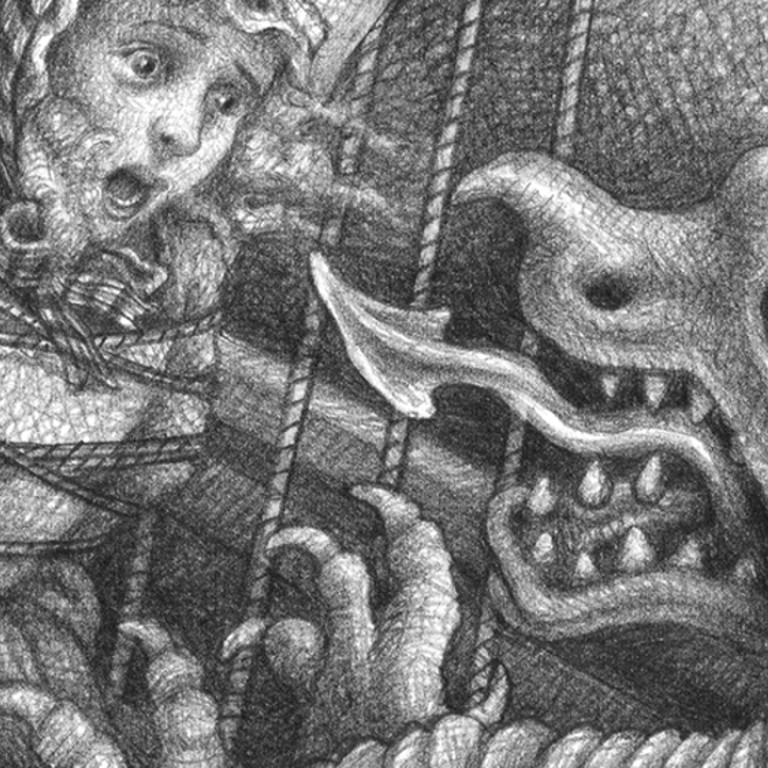
Book review: The Marvels is a beautiful and captivating marriage of words and pictures
Brian Selznick’s lovely creation is a wonderful fiction that follows generations of a theatrical family from the late 18th century to the present day

by Brian Selznick
Scholastic Press

Modern illustration embraces a vast array of new materials, innovative techniques and bewildering digital wizardry. But drawing is where it starts, and we’re all familiar with the humble pencil. That familiarity makes this book such an accessible read – or, more precisely, an accessible experience. For the first 400 of these 650 gold-edged pages, there is nothing to read – no text, just drawings in pencil on textured paper. The illustrations take you by the hand, and they don’t let go.
The opening pages of this burnished doorstep of a book show a ship in full sail on a pencilled sea against a scribbly, shifting sky. The year is 1776 and young Billy Marvel, at sea on a whaling ship, is among a group of actors entertaining the crew with a thrilling melodrama, when a vicious storm strikes.
SEE ALSO: The Pillbox - darkness in a seaside town
The ship sinks and the drama intensifies. This, remember, is all conveyed in finely executed drawings. Billy, the sole survivor (who was dressed as a girl for his dramatic role), is washed up on a desert island along with the body of his brother (dressed as an angel).

But in 1900, the youngest Marvel tires of theatre life and runs away to sea. As he leaves, smoke swirls across the London sky – some dramatic cityscapes here – and it’s something of a shock when the curtain abruptly comes down on that part of the story.
Then it’s fast forward to east London in 1990. Here, in an increasingly complex, demanding, multilayered text narrative, which is no longer supported by those all-embracing illustrations, we meet Joseph, a young boy on the run from the boarding school he hates. He seeks refuge with a reclusive uncle in a mysterious old house in the London neighbourhood of Spitalfields – based on 18 Folgate Street, an actual house preserved by the late Dennis Severs as an 18th-century time capsule.
The final section of this absorbing story is again all in pictures, showing intriguing interiors, intricate and atmospheric with eloquent interplay of light and shade. With subtle use of perspective, Selznick’s pencil cunningly exploits the angles created as each page is turned, giving the illusion of the space beyond.
The Guardian

